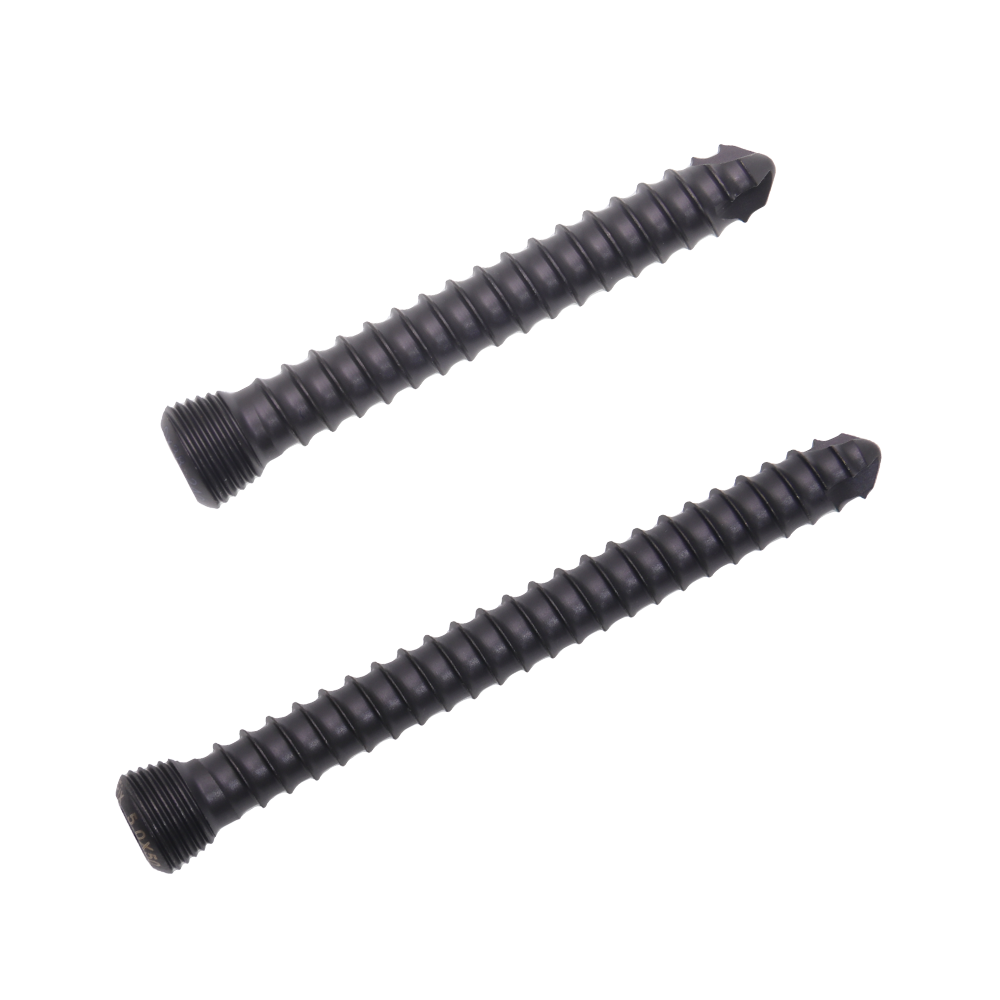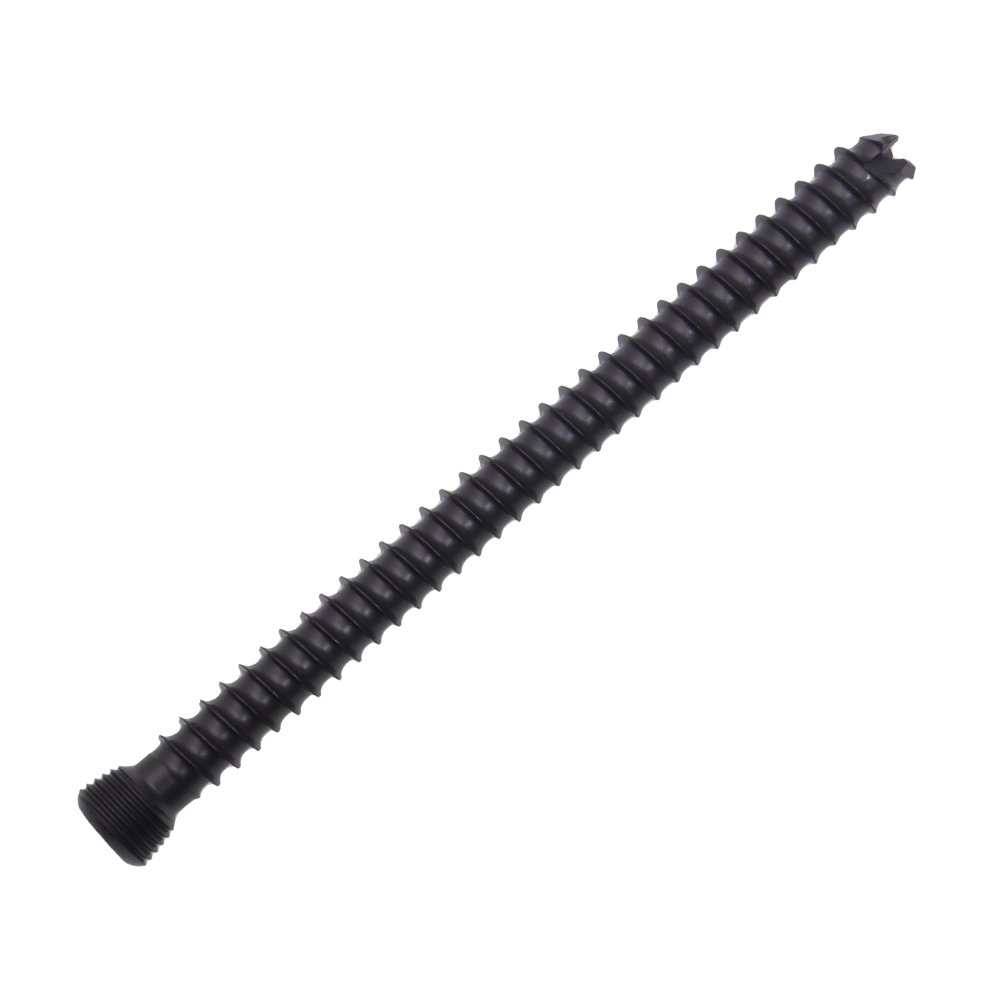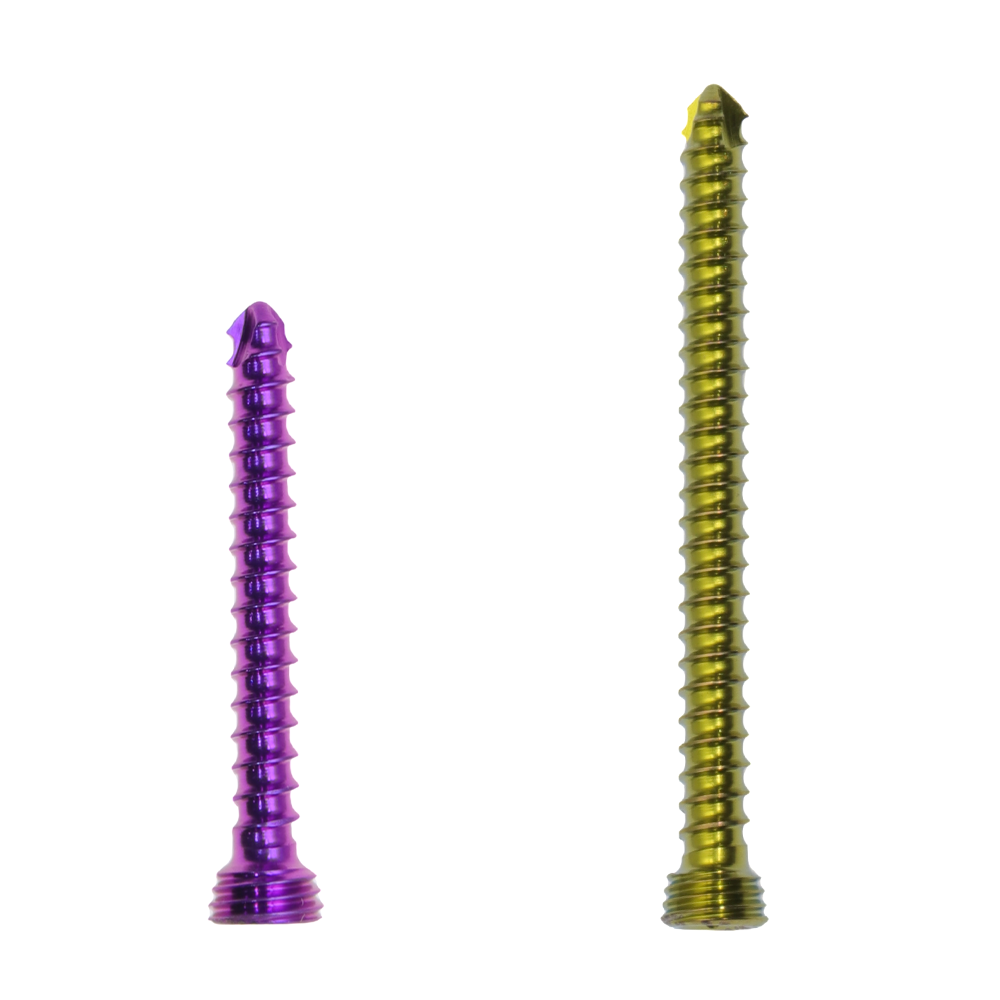locking cortical screw
A locking cortical screw represents a significant advancement in orthopedic fixation technology, combining the traditional benefits of cortical screws with innovative locking mechanisms. These specialized surgical implants are designed to provide enhanced stability in bone fixation procedures by creating a fixed-angle construct between the screw and the plate. The screw features precisely engineered threads that engage with both the bone and the threaded plate hole, effectively creating a mini internal fixator system. This dual-threading design allows for superior biomechanical stability, particularly in osteoporotic bone where traditional screws might not achieve optimal purchase. The locking mechanism prevents screw toggle and backout, significantly reducing the risk of fixation failure. Manufactured from high-grade surgical stainless steel or titanium alloys, these screws offer excellent biocompatibility and resistance to corrosion. They come in various diameters and lengths to accommodate different anatomical requirements and surgical applications. The head design incorporates a specific drive mechanism that ensures efficient torque transfer during insertion while minimizing the risk of stripping. This advanced fixation technology finds extensive application in trauma surgery, reconstructive procedures, and orthopedic interventions where stable bone fixation is crucial for successful healing.


